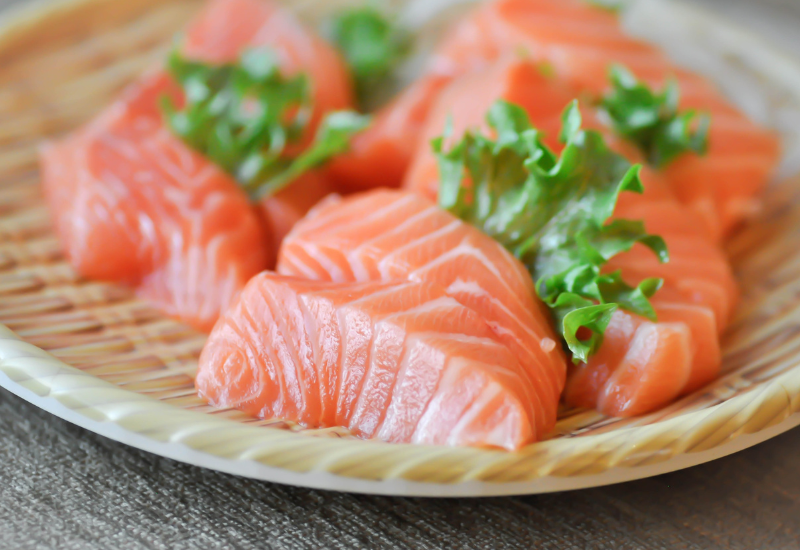
Why Sushi and Sashimi?
Although there are quite a plenty of popular Japanese dishes, be it the sizzling, mouth-watering Wagyu beef, the crispy, savory Tempura pieces, or the famous drama-companion Ramen noodles, sushi and sashimi are the two most popular dishes out there for gourmets who love Japanese food to the core. Why is so? Sushi is definitely just a piece of meat, raw or cooked, topped on seasoned Japanese rice, while sashimi consists of just the raw slices of fish or seafood without rice among its components – so why all the fame?
Looking back to its long history, sushi and sashimi have been present since the 15th to the 18th century.
The introduction of sushi all started with a problem that needed a fix – people of that era were just looking for ways to preserve what they could find. Preserving food can come in a variety of ways; without the innovation and technology we have today, it was not an easy task. However, back in those days fermentation with salt gave fish, seafood, as well as other meat choices a chance to adopt longer shelf life, making it among the best methods to enjoy various foods. Sushi’s first form was mere fish fermented with vinegar, rice, and salt. After fermentation, only the fish will be kept and the rice will be discarded – this is sushi’s earliest form known as ‘Narezushi’. Later, people began to consume both the fish and rice as the combination seemed to full their stomachs a little more and tasted better.
During the Edo era, sushi’s modern-day form was introduced when the Japanese cooked rice is seasoned with vinegar instead of fermenting the rice. Since then, sushi became Japan’s trend-setting, traditionally authentic Japanese cuisine that strongly left huge impact on the world. Sashimi, though, was introduced in the 17th century, where people enjoyed thin slices of raw fish and seafood without the presence of rice. It became a widespread Japanese food culture and has lived up until the 21st century.
With a long history that dates back to the older generation Japan, why do people still enjoy it today?
Well, first – the extraordinary flavors of ingredients selected to blend and intertwine are just mouth-watering, too good to be true, and never to be forgotten. Take the Sake sushi for example: can anyone just leave the idea of having the soft, vivid orange colored, thin Salmon pieces melting in your mouth? No way. Despite the flavors, Japanese cuisine, specifically sushi and sashimi dishes, have just the best aesthetics anyone can dare witness. In Omakase restaurants, diners would sit at sushi bars and open tables to see how they were crafted, seasoned, and brought to life with the mastery of the blades, the sprinkles of this and that, and the magic all done in one place – there is no doubt why diners would frequently upload posts of their visits to sushi restaurants compared to other dining places.
Sushi and sashimi are of course, a better choice than chips, fries, burgers, fat foods, and fast foods in general. Although you get quite a lot of carbs eating sushi (only when you eat quite a few of them each time), it can never beat the big bites of fast food. Sashimi is served as an appetizer, comes without rice, so only proteins and nutrients from fish will be the delivered straight to you. Nothing is there to not like about these two popular Japanese menus! Apart from the extraordinary, subtle flavors, the unique scents of fish and seafood, the aesthetics, and the healthy benefits you gain, sushi and sashimi are as well convenient foods that keep all the cooking hassles away.
